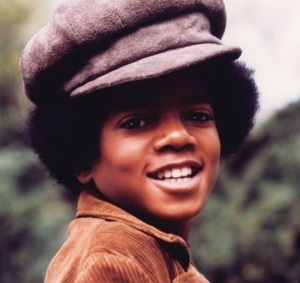Sha Money XL Reveals Untold Story of 50 Cent’s Shooting, Recovery & Rise to Hip-Hop Dominance
Sha Money XL, one of the most important architects behind 50 Cent’s early career, has opened up about the harrowing period surrounding the rapper’s near-fatal shooting and how the incident became the catalyst for one of hip-hop’s most influential partnerships. Through firsthand recollections, Sha paints a vivid picture of trauma, resilience, and the relentless work ethic that eventually led to Get Rich or Die Tryin’ and 50 Cent’s global impact.
The Day 50 Cent Was Shot: Chaos, Fear, and a Hospital Under Lockdown
Sha Money XL first learned that 50 Cent had been shot not through a phone call, but over the radio. The moment he heard the announcement, he rushed to Jamaica Hospital to support his friend.
What he found was shocking.
-
50 Cent was handcuffed to his hospital bed, treated as a criminal rather than a victim.
-
Tension in the hospital was high — so high that music executive Cory Rooney ended up paying for security to prevent anyone from returning to “finish the job.”
Sha describes the hospital as chaotic and hostile, with 50 Cent isolated, vulnerable, and surrounded by uncertainty.
Six Months of Recovery: “They Don’t Put Humpty Dumpty Back Together Again”
After multiple gunshot wounds and extensive physical damage, 50 Cent spent over six months recovering. A major part of that process involved relocating to Pennsylvania, far from Queens and far from immediate danger.
Sha Money XL recalls a phone call where 50 made a darkly humorous but telling remark:
“Yo Sha… they don’t put Humpty Dumpty back together again.”
The joke masked real pain. 50’s tone was different — hardened, focused, and ready to rebuild his life from the ground up.
A Hidden Studio, A Reborn Artist: The Beginning of a Historic Partnership
Once 50 Cent was well enough to work again, Sha Money XL offered him something priceless: a secluded basement studio at his new home outside Queens. No one would know where he was. No threats, no interruptions — just music.
50 Cent accepted immediately.
For the next year and a half, he recorded at Sha’s place five days a week, creating:
-
The legendary mixtape run
-
The blueprint for G-Unit’s sound
-
Roughly half of the songs that became Get Rich or Die Tryin’
This period became one of the most productive creative streaks in hip-hop history.
Sha Money’s Unshakeable Belief: “He’s Next. Watch.”
Sha Money XL said he constantly told people that 50 Cent would be the biggest artist in the world — even when most people didn’t believe it.
He saw things others didn’t:
-
50’s ability to record a full song in one or two takes
-
His discipline: lifting weights between verses
-
His mindset: carrying a small pocket Bible everywhere
-
His writing: anchored in real experience rather than fabricated imagery
Sha believed 50 Cent had every element required for greatness, and that the doubt from outsiders only fueled him further.
The Columbia Records Era: Learning, Experimentation & the Birth of “How to Rob”
Before the shooting, Sha Money XL spent countless hours with 50 Cent at Columbia Records, especially at Hip Factory, where Trackmasters and Rich Nice mentored them. This period shaped Sha’s understanding of:
-
Production
-
Song structure
-
A&R strategy
-
Artist development
-
Management
It was here that 50 Cent sharpened his writing and performance skills.
One major moment from this era was the creation of “How to Rob.”
-
50 Cent conceived the concept while riding in the back of an MPV
-
He wrote the record over a few days
-
The track caused shockwaves throughout the industry
-
Even Jay-Z felt the impact, famously calling 50’s name out in response
This was the first sign that 50 Cent had the potential to disrupt the entire rap landscape.
“Your Life’s On The Line”: The Song That Started a War
Sha Money XL also recalls the creation of “Your Life’s On The Line,” produced by Terrence Dudley. The song’s aggressive energy and non-sampled, fully programmed drums had a distinct, dangerous tone.
Sha describes the track as:
“A vibration that guaranteed someone would be angry.”
This record marked the moment 50 Cent was no longer just a rising rapper — he was officially a problem for the industry.
Conclusion: From Hospital Bed to Hip-Hop Icon
Sha Money XL’s retelling of 50 Cent’s journey shows that the shooting wasn’t the end — it was the beginning of a transformation. What followed was:
-
Isolation
-
Healing
-
Creative rebirth
-
Relentless work
-
Street-level authenticity
-
A legendary mixtape run
-
A debut album that changed hip-hop forever
Through it all, Sha Money XL stood beside 50 — as a producer, manager, strategist, and friend — helping shape one of the most remarkable comeback stories in music history.
WWETV will continue covering the stories behind hip-hop’s greatest eras.
Share this content:














Post Comment